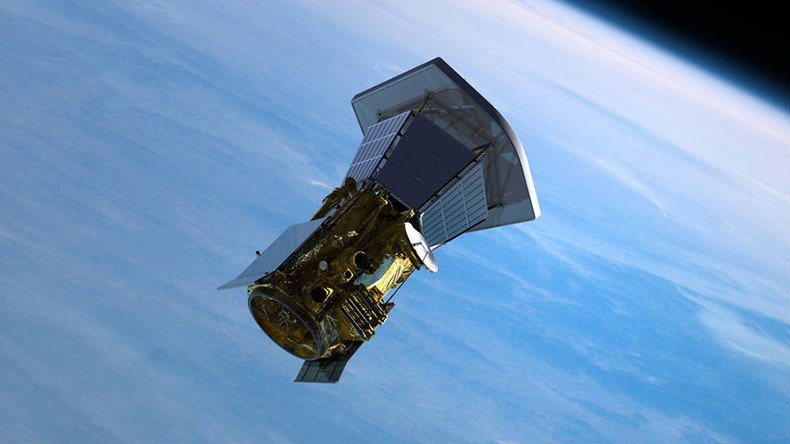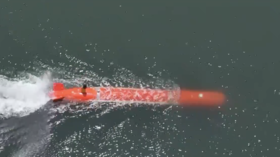Touching the sun: NASA to reveal plans for hellish mission (PHOTOS)

NASA will shed some light on a historic and so far hush-hush mission to “touch the sun” in a big announcement on Wednesday.
The US space agency is working on the Solar Probe Plus project, a daring plan to send a spacecraft towards the hellishly hot outer atmosphere of the life-giving star.
READ MORE: NASA plans daring sun mission to solve solar mysteries
The mission to fly a probe within 4 million miles of the sun’s surface was revealed last February. Since then, NASA has stayed tight-lipped about its attempt to uncover the mysteries of the sun’s solar winds and its continuously erupting corona, or outer layer.
We're making an announcement about Solar Probe Plus on May 31 at 11am EDT. Tune in on @NASA TV: https://t.co/ECEIXnuSerpic.twitter.com/rJsT81SNRt
— NASA Sun & Space (@NASASun) May 28, 2017
Tipped to launch in 2018, the probe’s seven-year, 3.7 million mile journey will hope to uncover why the corona is hotter than the sun’s surface, as well as information about solar wind acceleration.
A greater understanding of the gaseous orb, which is 71 per cent hydrogen and about 27 per cent helium, could contribute to better space weather predictions.
To survive the extreme heat emitted by the sun, the Solar Probe Plus will be fitted with a carbon shield.
The craft will also be stocked with hardware such as magnetometers and a high gain antenna so that it can beam back important data to earth.
READ MORE: ‘Feathery’ alien clouds gather over Saturn’s moon Titan (PHOTOS)
On Wednesday, Thomas Zurbuchen, of NASA’s Science Mission Directorate, and mission project scientist Nicola Fox will announce details about the probe to delegates at the University of Chicago.
Streamed live on NASA Television, the talk is expected to focus on the science behind launching a spacecraft that will have to contend with radiation and blistering temperatures unlike any other probe in history.
With approximately 427 days to go until the probe is likely to be airborne, here are four points of interest on the sun which are certain to feature on the spacecraft’s radar:













